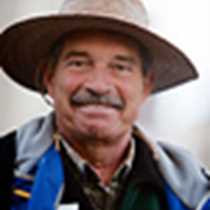Tallinn, Estonia
Considered by many to be the most lovely city of the Baltic, Tallinn lived up to its name today. Written records on Tallinn date only from the 12th century. The Danes occupied the territory in 1219 on the pretext of spreading Christianity. In later years it was an important center in the area of German merchants, as they settled in 1228 and stayed till 1939, even during the times of Tsarist rule. Peter the Great visited Tallinn on 11 occasions!
We started in the morning with a bus tour, slowly sliding through traffic in this small country that has been squished by different big powers throughout its history. We saw modern buildings next to well-kept older ones, Art-nouveau next to wooden houses; all were quaint and clean.
Our first stop was at the Song Festival Amphitheatre, the stadium where the independence of Estonia was begun 18 years ago. We stopped and began our walking tour almost at the center of the city, and visited the Upper Town, where the well-off had lived. This part of the town was separated by thick doors from the Lower Part, where the poorer lived.
The center of the city is a wide square surrounded by well-kept historic buildings. Through a short tunnel (the Short Leg) to the Lower Town we trekked, and there we visited a small restaurant with magnificent pastry (black currant or wild cherry cheesecake) with gruggi (grog). Here we saw shop after shop with huge amounts of wonderfully crafted amber for sale. Elegant foreign made clothing shops, as well as restaurants, were abundant. Parts of the old ramparts were visited, as well as the shops at their base, where locally-handcrafted woolen goods were for sale. There even was a good imitation of a famous hamburger joint!
In the early afternoon we were privileged to meet with a few honored guests featured in the film “The Singing Revolution.” Trivimi Velliste, Anne Raudberg, and Thomas Raudberg joined us at the House of Blackheads. We left greatly impressed by the peaceful means that Estonians had pursued to gain their independence from the Soviet Union and by their optimistic personalities.
Many chose to remain in town for the evening, exploring Tallinn’s restaurants or just strolling the streets.




